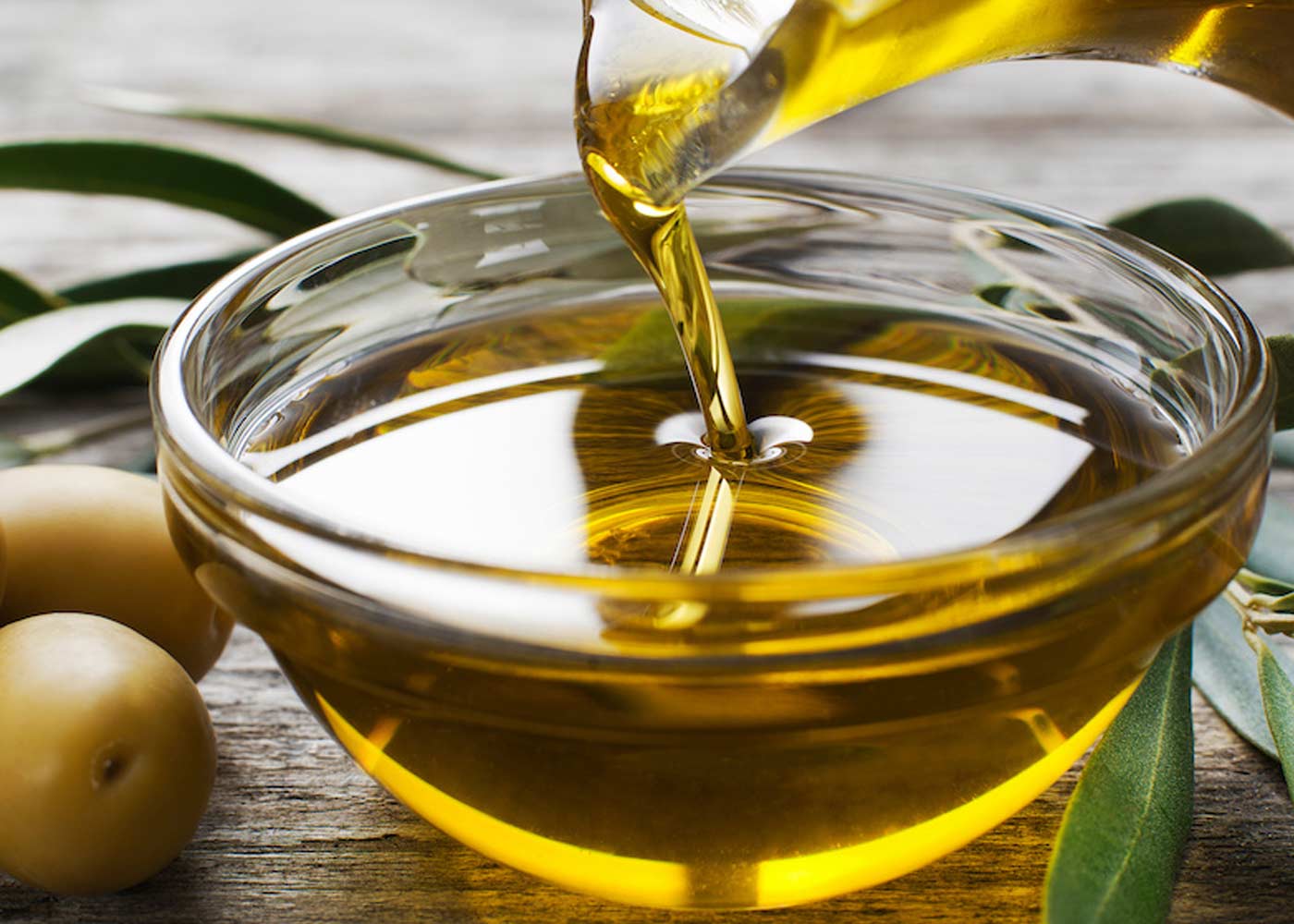
The olive oil industry is vast and complex. With so many
different types of oil to choose from, it's easy to become overwhelmed. But
don't worry”a few simple guidelines can point you in the right direction and
help you find an olive oil you'll love.
What Is Olive Oil?
Olive oil is a liquid fat extracted from fresh olives. Olive
oil, which is made from crushed olives, is technically a fruit juice. It is
dark green or golden in color and has a buttery flavor with peppery undertones.
Italy, Greece, and Spain produce the majority of the world's olive oil, which
is appropriate given that olive oil is a staple of Mediterranean cuisine.
(California has the highest concentration of olive oil producers in the US.)
Many antioxidants, polyphenols, and omega-3 fatty acids can
be found in olive oil. A good olive oil can almost do everything: It's a key
component in many salad dressings, and some people even drizzle it over ice
cream.
What Does It Mean for Olive Oil to Be œExtra-Virgin?
Extra-virgin olive oil is the most expensive and highest
quality olive oil, obtained by grinding and pressing olives without the use of
chemicals or heat. Extra-virgin olive oil is darker in color than lower-quality
oils, ranging from golden yellow to dark green. The highest-quality oils have a
distinct olive flavor and a hint of spiciness.
Does the Color of the Bottle Matter?
Yes, the color of the bottle does matter, in a nutshell.
Dark bottles help to prevent oxidation caused by sunlight. If possible, buy
extra-virgin olive oil in a dark glass bottle or tin. The best olive oils are
usually sold in glass bottles, but tins are a close second”remember that
aluminum can affect the flavor profile of the oil.
Some of the freshest olive oils come in clear glass bottles,
which you should use as soon as possible. Cheaper olive oils for cooking should
be packaged in dark glass or tin.
What to Look For on Olive Oil Labels
Here's a comprehensive guide to deciphering olive oil bottle
labels:
1. Extra-virgin: If the bottle claims to be extra-virgin,
you're on the right track. However, quality varies within the extra-virgin
olive oil category.
2. Date of harvest: The harvest date indicates when the olives
were harvested by the grower. Contrast this with the "best by" date.
The harvest date should ideally be within the same year as the "best
by" date (and the year of purchase).
3. Country of origin: When purchasing olive oil in the United
States, choose a bottle from California. Look for the California Olive Oil
Council seal to ensure that the oil meets taste and quality standards. The
quality and flavor of imported bottles reflect the fact that olive oil does not
travel well. If possible, buy local, and save the Italian olive oil for your
next trip to Italy.
4. Process: Many bottles of olive oil will say
"cold-pressed," but this is redundant when it comes to extra virgin
oils. Extra-virgin olive oil must be cold-pressed with no added heat.
5. Flavor profile: Flavor is affected by harvest time: oils
made from still-green (unripe) olives can taste spicy and peppery. "It
frequently has a little kick in the back of your throat," Alice Waters
says. "And people think to themselves, 'Oh, that's not pleasant.'"
But it actually fits on a piece of warm toast for me. It's almost as if it
calms down on its own. And you get a distinct olive flavor." If you can't
taste the oil, look for tasting notes on the label



















